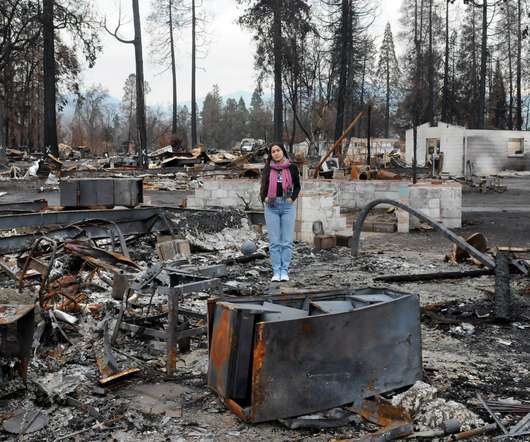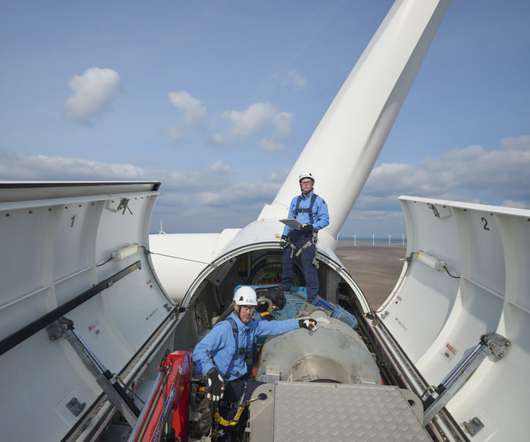Lessons from a year of reporting on climate solutions in Cascadia
Grist
DECEMBER 15, 2021
This story is part of the series Getting to Zero: Decarbonizing Cascadia , which explores the path to low-carbon energy for British Columbia, Washington, and Oregon. The economics of carbon-free living have fallen into place. Renewable solar and wind power now typically costs less than fossil-fuel alternatives.














Let's personalize your content